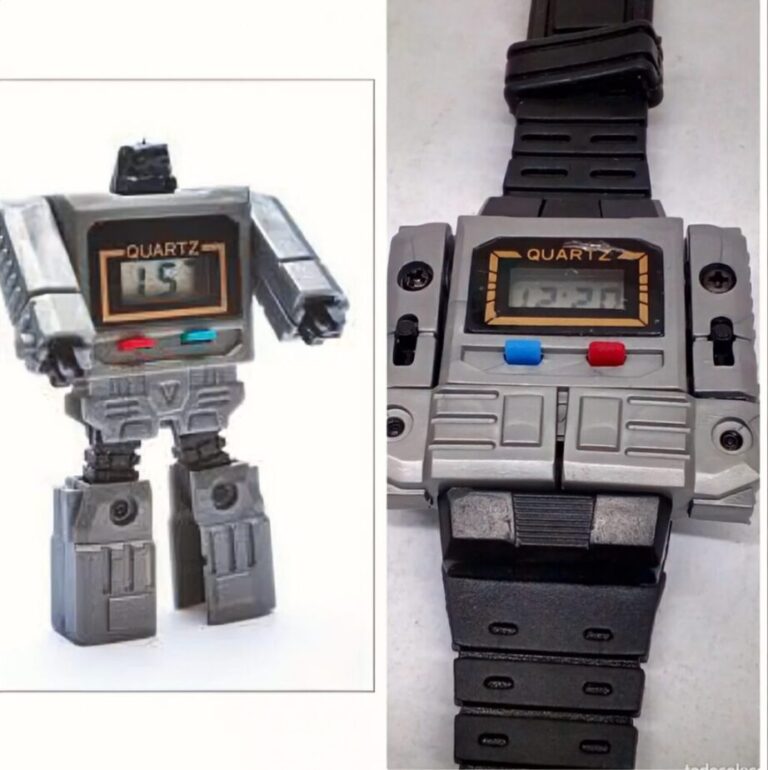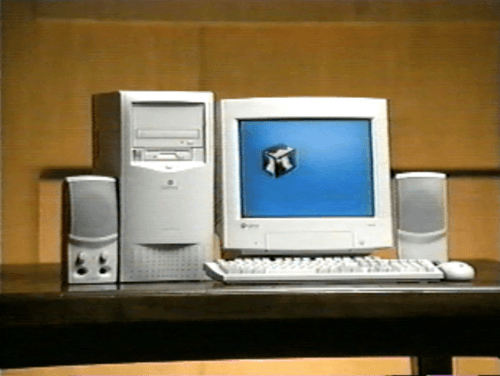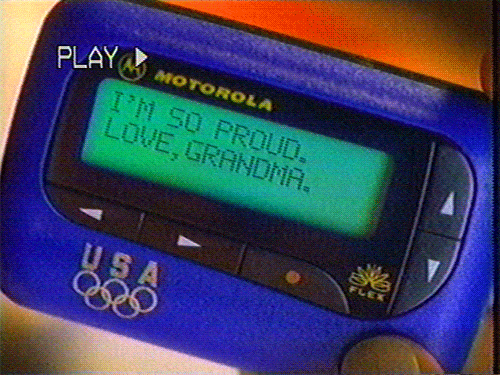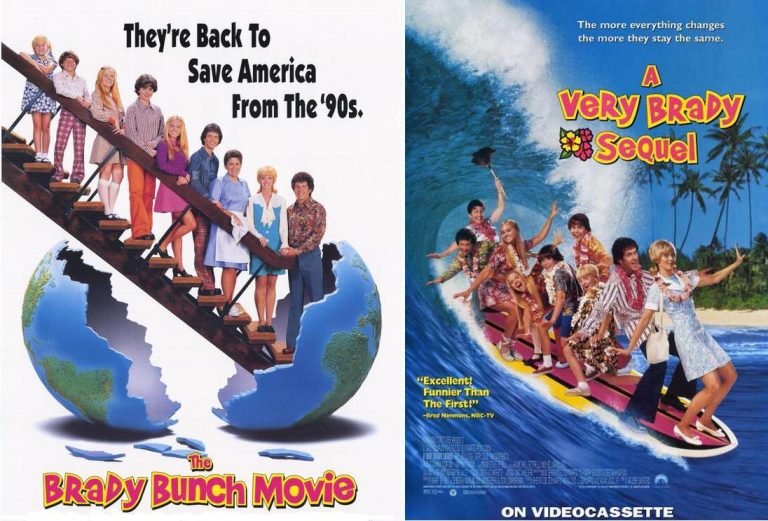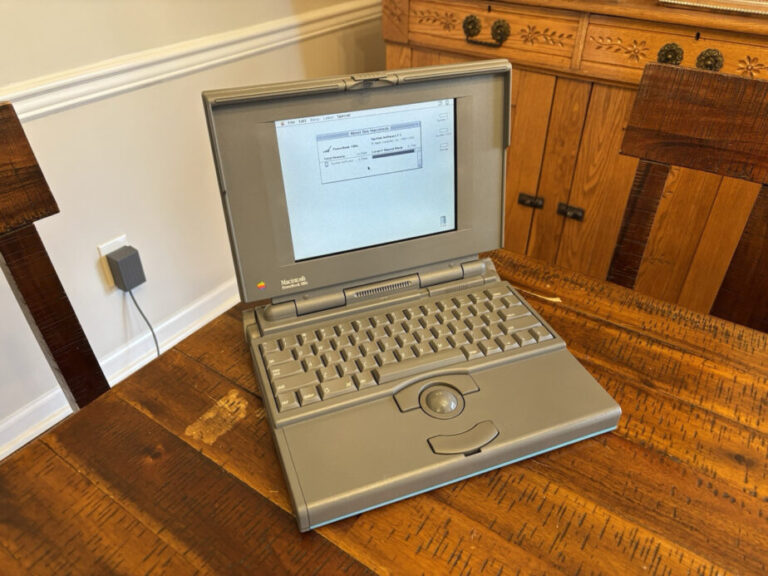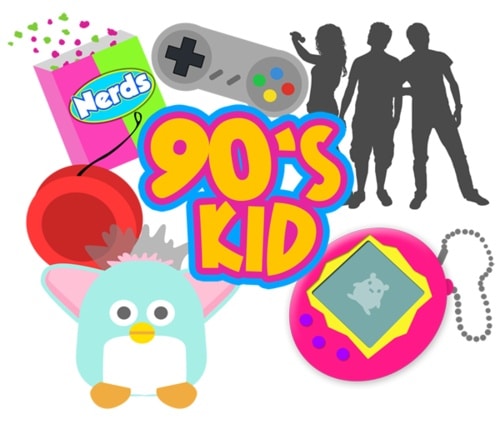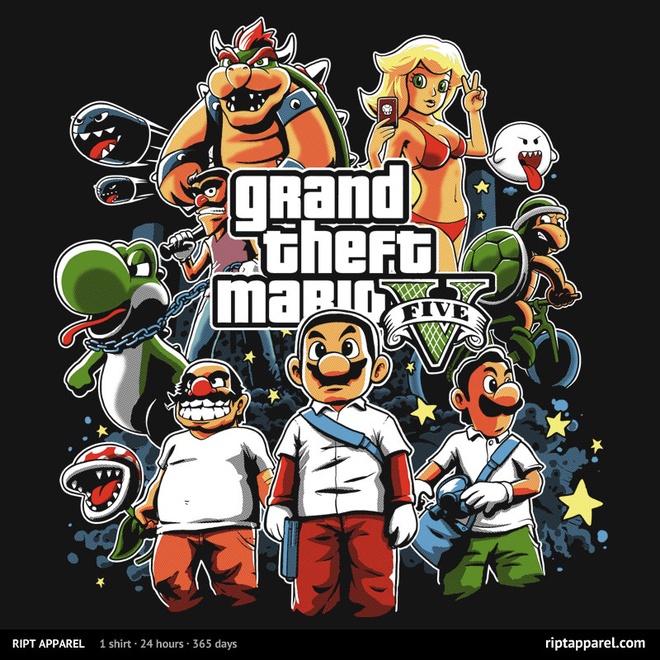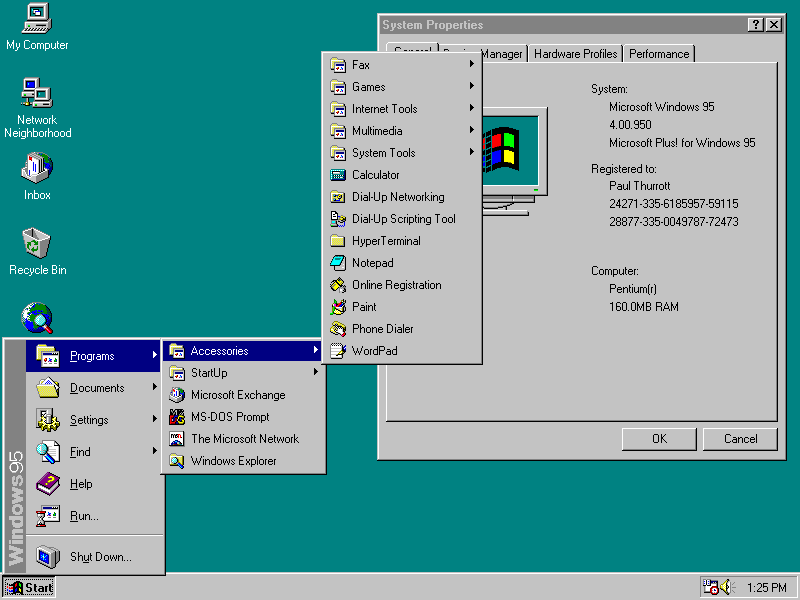Before Discord servers, Reddit threads, and WhatsApp groups, there was mIRC — the digital hangout spot of the 90s and early 2000s where the internet’s social culture was being forged, one chatroom at a time.
🌐 What Is mIRC?
mIRC is a Windows-based Internet Relay Chat (IRC) client developed by Khaled Mardam-Bey. First released in 1995, it quickly became the go-to application for anyone wanting to connect to IRC networks — the chat backbone of the early internet. Lightweight, fast, and surprisingly flexible, mIRC wasn’t just a chat program — it was a social platform, scripting playground, and file-sharing tool all rolled into one.\
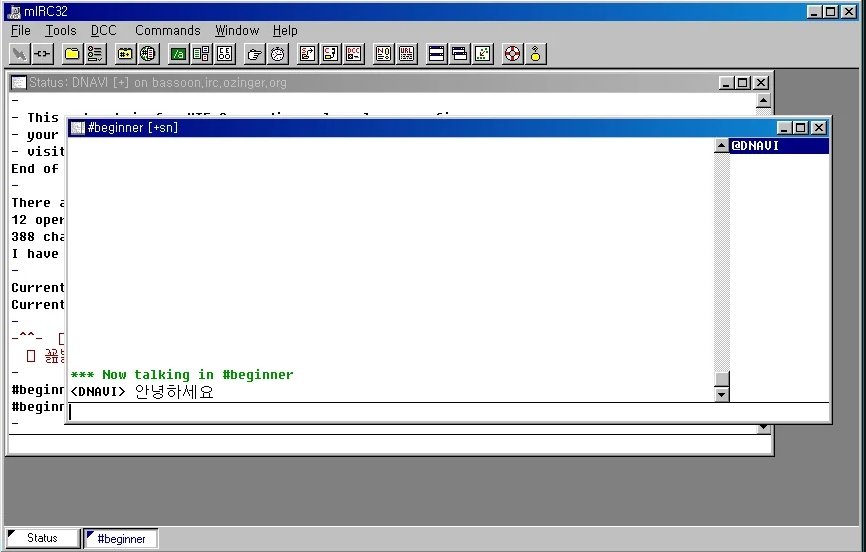
🧠 How It Worked
mIRC allowed users to connect to IRC servers and join channels (chat rooms) on various topics — from tech support and programming to music fandoms and random social banter. You could talk publicly in channels or send private messages, making it the perfect mix of group and one-on-one communication long before social media figured it out.
Its interface was minimalistic, featuring:
- A server list to choose where to connect
- A status window to see your connection log
- Tabs for each channel or private conversation
- A command line for sending messages or executing IRC commands
And behind the scenes? A powerful scripting engine that allowed users to automate actions, create bots, and customize just about everything. Want a trivia bot in your channel? Done. Auto-greeting for newcomers? Easy. Custom pop-ups and sound notifications? No problem.
🎯 Why It Mattered
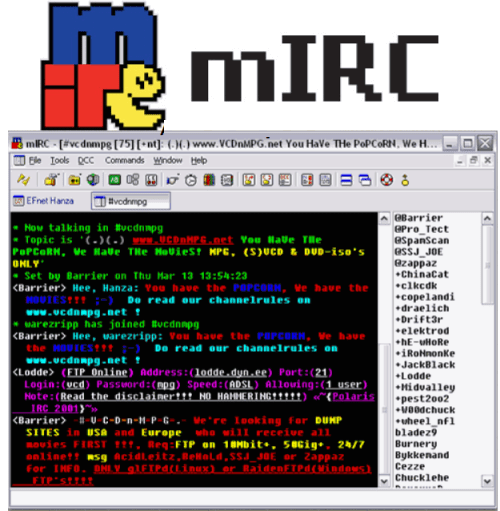
1. Community Building
mIRC wasn’t just software; it was a culture. Entire communities — some lasting decades — sprang up in IRC channels. From gaming clans to open-source projects (like Linux), many internet subcultures grew up in mIRC-based spaces.
2. Scripting & Automation
mIRC introduced many to basic programming and scripting. Writing your own mIRC scripts was often the first taste of coding for curious teens and hobbyists.
3. File Sharing Pioneer
Before torrents and cloud storage, mIRC’s DCC (Direct Client-to-Client) protocol allowed users to send files to one another — everything from images and music to warez and anime fansubs. It was sketchy at times, sure, but also revolutionary.
4. Internet Literacy
Understanding servers, channels, nicknames, and commands like /join, /msg, and /kick taught an entire generation how the internet really worked — a kind of digital street-smarts.
🕰️ mIRC Today: A Ghost Town or Hidden Gem?
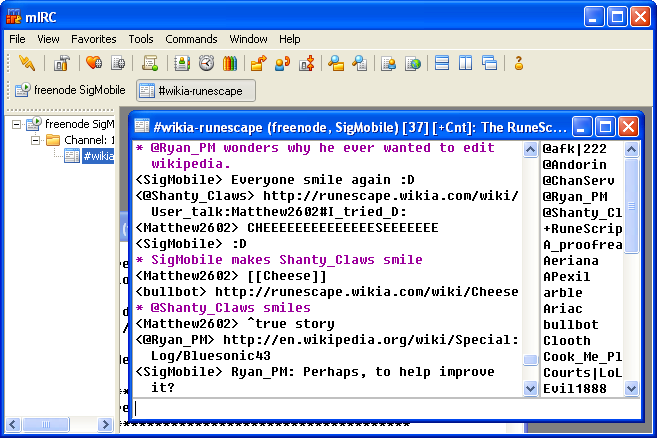
mIRC is still available and maintained — yes, you can download the latest version from mIRC.com. While most users have moved on to modern platforms, IRC networks still exist, and mIRC remains a favorite among die-hard users, devs, and nostalgia hunters.
Some IRC networks you might still encounter:
- Libera.Chat (successor to Freenode, often used by open-source projects)
- EFnet
- Undernet
- DALnet
And there’s still scripting, bots, channels… if you know where to look.
💡 Final Thoughts
mIRC was more than just a chat client — it was a gateway into the early internet’s wild, DIY culture. If you used it, you probably remember late-night chats, clunky sound alerts, and those ever-present channel operators with their little “@” symbols.
Today’s internet might be shinier and more mobile, but there’s something magical about the raw simplicity and user-powered freedom of mIRC.
Maybe it’s time we fired it up again — just for old time’s sake. 🖥️

